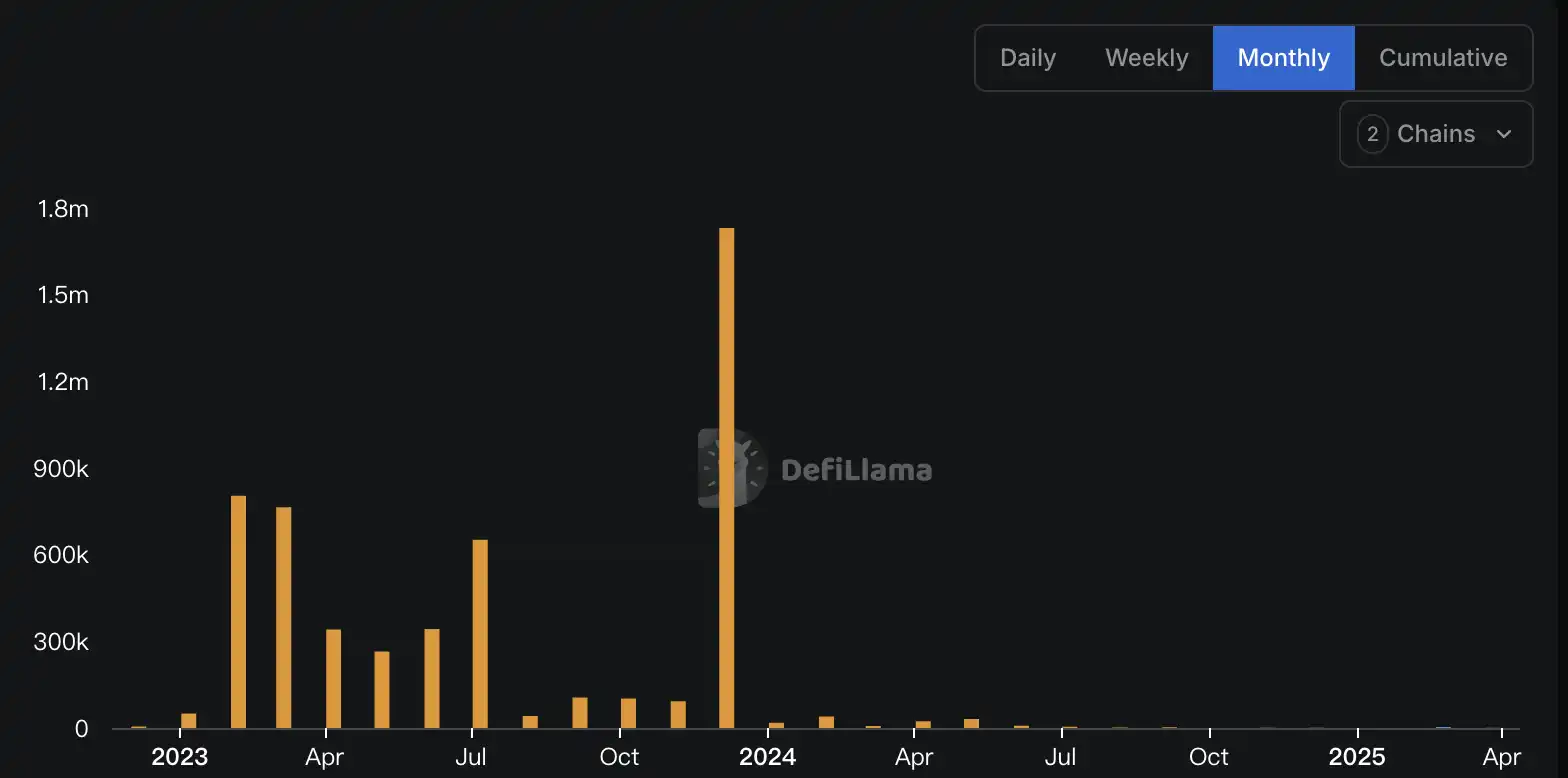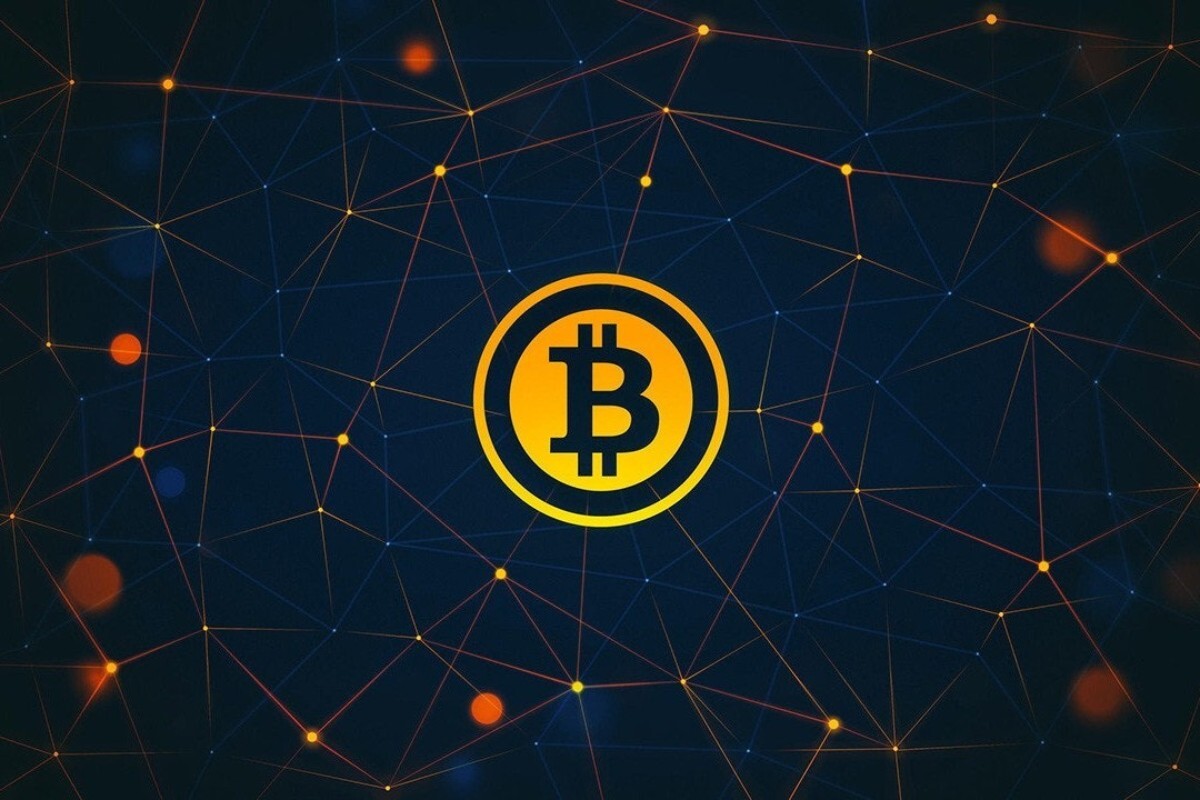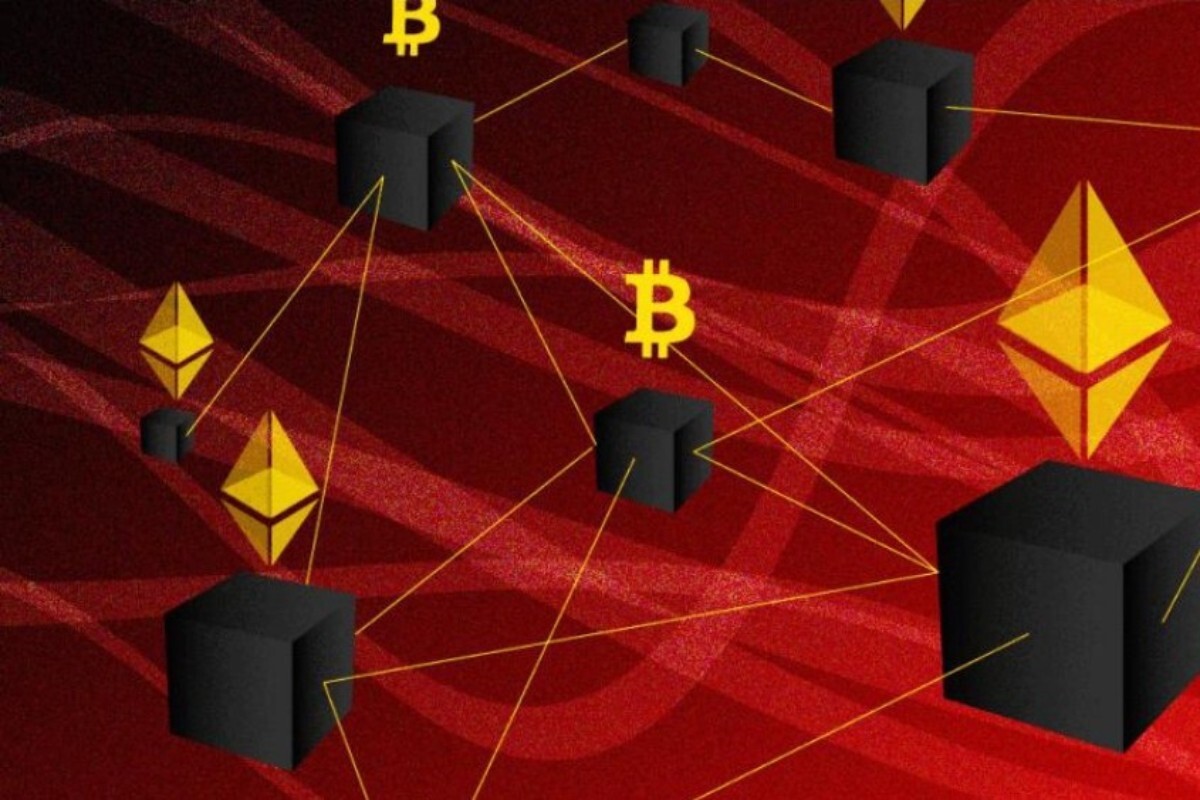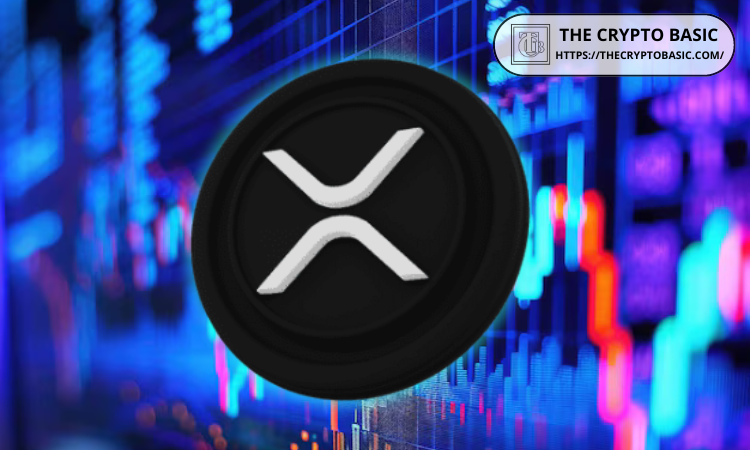Original title: "Zora's coin issuance encounters a wave of bad reviews on the chain: Early users were backstung, and the per capita airdrop was only 37 US dollars"
Original author: Nancy,
Zora, who has been "PUA" for many years, finally issued coins. The community users who have been waiting for a long time have not been able to wait for the "big result" as they wish. When they opened their wallet, they only saw a "reward" that could not even cover the Gas fee, not to mention that the token itself is useless. For a time, the community sentiment was completely "breaking", and the on-chain reputation agreement Ethos unexpectedly became an outlet for users to vent their dissatisfaction, and Zora's "turnover scene" was permanently recorded on the chain, becoming the mark of the collapse of trust.
Airdrop "slap in the face" early users, token allocation is accused of betraying the community
Last month, Zora announced that it would launch its native token, ZORA, to fill up the community expectations that have been ambushing for several years. On the eve of issuing coins, Base official posted several tweets to build momentum for Zora, successfully attracting attention, various memes and pictures are flying all over the sky, and many data are soaring.
However, this airdrop became a disappointing "Century Crash". On April 23, Zora opened up its airdrop application and stated that the airdrop will allocate 1 billion ZORA tokens to 2,415,024 addresses. Among them, most airdrop tokens are based on the first snapshot allocation (8:00 on January 1, 2020 to 22:00 on March 3, 2025), and the second snapshot allocation accounts for a small proportion of airdrops (22:00 on March 3, 2025 to 8:00 on April 20, 2025), and covers Coins activities on Zora's latest protocol. The specific allocation quantity is calculated based on user activity on Zora and overall engagement with the current agreement and its older versions, including but not limited to casting, casting, dealings and recommendations.
Meanwhile, the token ZORA logs into Binance Alpha, and users who meet the criteria will receive 4276 ZORA airdrops. However, the results of this airdrop have angered many users who have been involved in the Zora ecosystem for a long time, and have only received a small amount of tokens, not even enough to pay the Gas fee.
However, speculators and Binance Alpha users who have participated in the recent past have easily divided a large number of tokens. This severely imbalanced distribution not only triggered widespread anger in the community, but was also considered a betrayal of early supporters. What makes the community even more dissatisfied is that Zora airdrop snapshots are divided into two parts, but the specific allocation standards have never been made public, and the entire process lacks the transparency it deserves.
Not only that, Zora has also caused strong doubts from the community due to its highly concentrated and opaque distribution ratio. According to the token economic model disclosed by ZORA, community airdrops account for only 10%, while teams, vaults and strategic contributors allocate as much as 65%, and unlocking can only take 6 months to lock the position period. The specific unlocking rhythm is also not specified in detail.
In addition, Zora officially stated that the ZORA token is only a MEME coin of "just for fun" and does not carry any technical or governance functions. It is mainly used for community rewards and ecological incentives. This positioning has triggered a series of questions from the community: Since tokens do not have substantial uses, why do the team still need to occupy such a high proportion? Why does the community believe that ZORA has long-term value?

With the superposition of multiple disappointments, Ethos' negative review function is regarded as a channel for venting emotional value, and community users have left "negative reviews", resulting in a rapid decline in Zora's credibility score. Many users bluntly said, "The records on the chain cannot be changed, and evil projects must be recorded in history."
The rate of users receiving less than 20% of the airdrop progress is less than half of the airdrop, and the average person is only US$37 per person
Judging from the price performance, Binance data shows that after ZORA went online, it rose to $0.0466 for a short time, and fell to $0.0172 the next day, with the largest drop of nearly 63%, and the market heat quickly cooled down.
Dune data shows that as of press time, more than 514 million tokens in ZORA airdrops have been successfully received by users. Among them, the top 50 addresses received a total of more than 190 million, with an average of about 3.931 million received per address. Based on the current price (about 0.0235 US dollars), the value is about 92,000 US dollars, accounting for 36.9% of all collected quantities. This indicates that airdrop allocations show a clear head address dominant situation.

At the same time, in terms of the number of participating users, more than 320,000 users have participated in the collection, but only 1,571.1 ZORA per person is received, which is equivalent to a value of about US$37. This strong contrast highlights the extreme imbalance in the distribution structure - large players have won huge airdrops, while ordinary users have very limited distribution.
Judging from the collection progress, about 51.42% of the total tokens have been collected, but only 13.35% of the qualified users have actually completed the collection, which further shows that the proportion of users who really take the initiative to collect is very low, and most users are more inclined to give up collecting.
User participation has dropped sharply, and social networking on the transformation chain has caused controversy
Founded in 2020, Zora was initially positioned as an NFT market agreement. Public data shows that the project has received a total of at least US$52 million in financing, with investment institutions including Coinbase Ventures, Paradigm, Haun Ventures, etc., with the valuation of the last round of financing reaching US$600 million. However, as the NFT market is cold and market competition intensifies, Zora has gradually evolved to focus on on-chain social and creators' economic ecosystem, including the launch of the "Coins" function, which automatically mints each piece of social content (such as pictures, videos, texts) into ERC-20 tokens, and launches its own Layer2 network Zora Network.

Despite the continuous exploration of new narrative directions, Zora's overall ecological activity has declined significantly. According to Dune data, as of April 24, the cumulative smart contracts created on Zora's network have exceeded 3.51 million, but in terms of the number of daily contract creations, the data has dropped from 144,000 at the early peak to about 13,000, which is only less than 10% of the peak; similarly, the cumulative transaction volume of Zora's network has exceeded 87.4 million, but the daily transaction volume has also dropped from a historical high of 3.338 million to about 428,000. Although the total number of active addresses has reached 470,000, compared with the highest point last year, there are about 259,000 daily active users, and now it is only 50,900, indicating that user participation has declined.

In terms of revenue, DeFiLlama and Dune data show that Zora's cumulative revenue was only US$5.4 million, and Zora Network's profit was only 527.74 ETH. It is also believed by the community that it is far less than the market expectations corresponding to the valuation of US$600 million.
Furthermore, despite Zora's claim that creators bring tens of millions of dollars in revenue, its on-chain experimental and tokenized narrative is controversial. For example, recently, Jesse Pollak, the head of the Base Agreement, praised Zora Coins for hitting record highs, but ZachXBT criticized these tokens as "virus" and had a market value of less than $5 million. In response, Jesse admits that most of the content is almost worthless and a few are hugely valuable, but ZachXBT questioned why creators are offering large numbers of token dilution brands. Jesse retorted that on-chain creation will not dilute the brand, good content will spread naturally, and the market and algorithms determine its value.
In general, Zora is trying to reshape itself with on-chain social and tokenized narratives, but its inflated valuations and increasingly cool ecological activity have long laid the hidden dangers of the trust crisis, and this lack of sincerity airdrop may become the last straw that crushes the confidence of the community.
















No comments yet